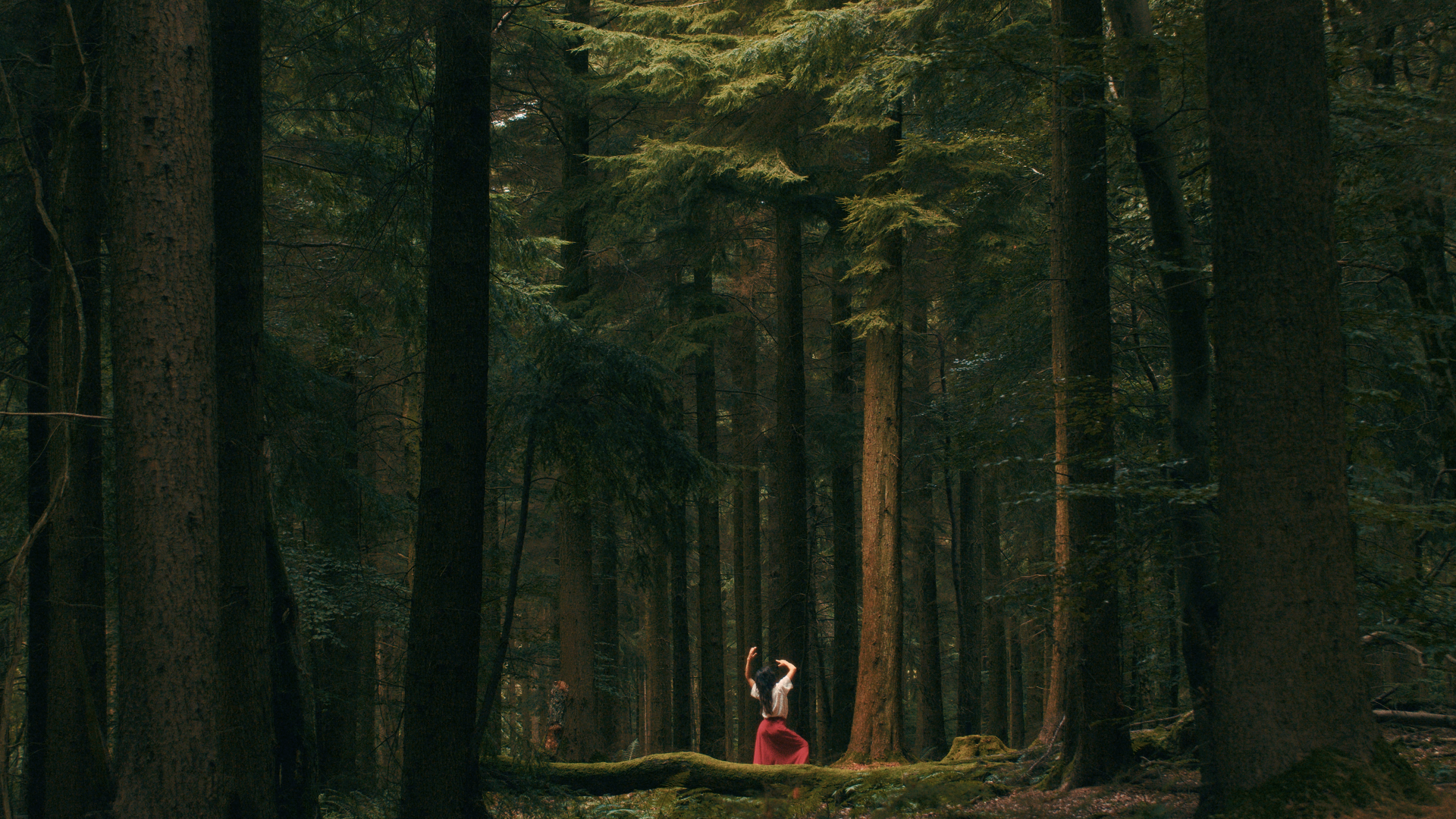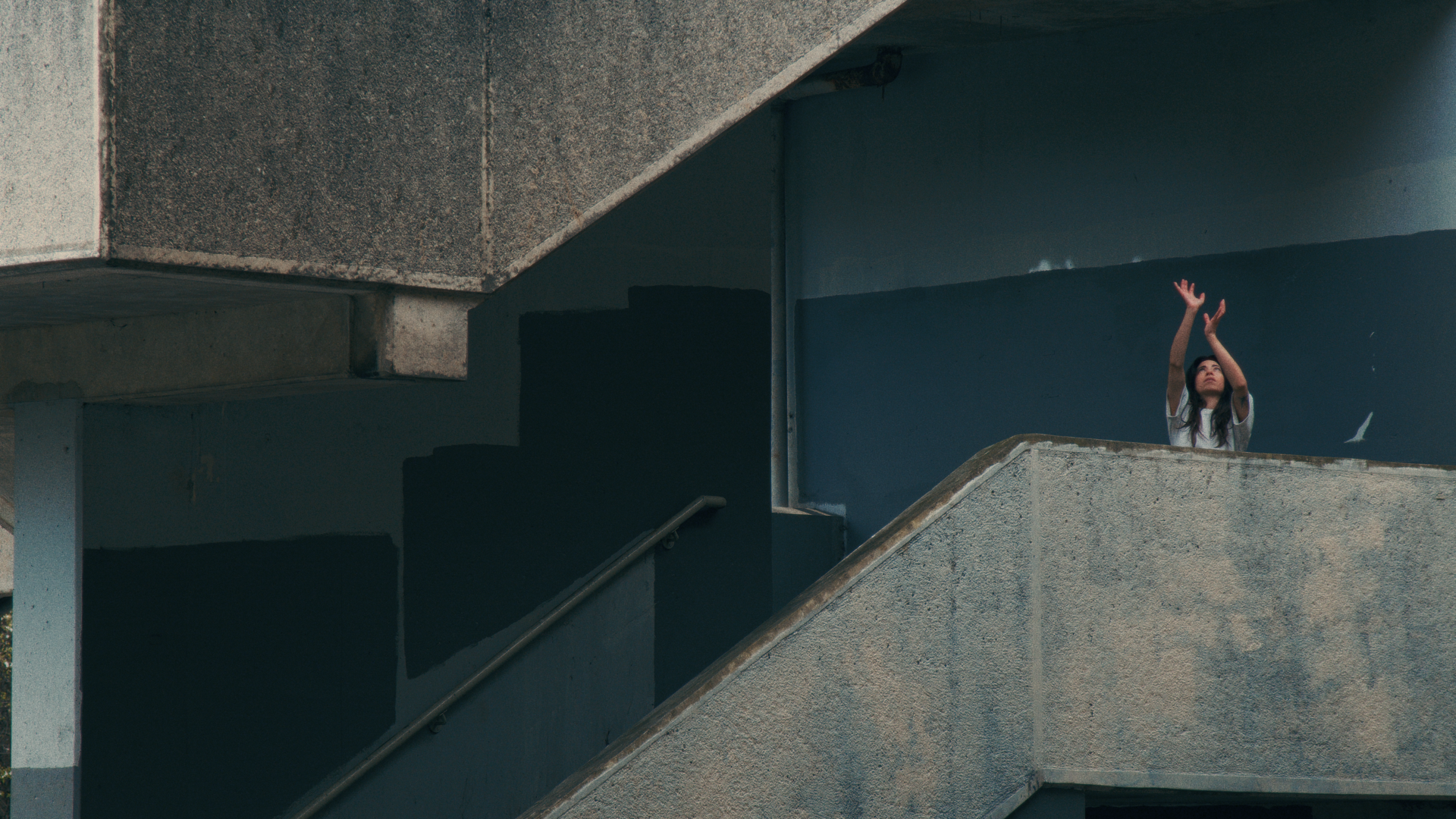Utilising Space in Film – Techniques for a More Immersive Story
Space in filmmaking comes in all manners of shapes and sizes. Whether it shows itself as space in the literal frame, with short side framing, extreme high headroom, lower third framing; or as space for a scene to breathe on the timeline. Space, and more so knowing how to create it, is a super powerful tool in the filmmaker’s belt.
As a director and editor, I often struggle with how to make ideas stand out, with how to give my film a creative edge. One thing I’ve found helpful when in a rut, is to lean heavily on into the abstruse. Space, is one such abstract.
I love using wide framing to exacerbate space and elicit a feeling of emotion: confusion, loneliness, sadness. I also love to use high headroom, think Pawlikowski’s Ida, to encourage the viewer to truly look at the image, explore it, try and understand it.
A static frame from ‘Ida’ - Director Paweł Pawlikowski utilises the 4:3 aspect ratio and a static camera to emphasise space, crafting an atmosphere of vastness and isolation. This technique makes the characters appear small and adrift in an expansive, often empty world.
The immense power to hold a viewer and direct their attention to one specific moment, to not cut away, to give them and the image/scene space, is one of the most deliberate editing techniques an editor can employ. The longer you hold on a shot, the longer it is until you cut and the more information the audience can take in and find from an image. Sequencing, in this manner, can be defined by a series of shots and the durational “space” between them. Give each shot an equal spacing, albeit slow or fast, and you get a sequence which flows “nicely” and feels well paced. Now, change the pacing of one of those shots in the same sequence to be really fast, and you have impact. A moment which may catch the audience off guard, think jump scares in a horror film, is a good example of this. Equally, hold on a shot for minutes at a time, and your audience will begin to ask questions. Why are we seeing this? What’s the importance of this? If they’re truly bored, “why haven’t we cut yet?”
The same can be said when working with sound and music. Emphasising breathing room in a scene by allowing audible silence, or the opposite, by filling every little piece of sonic space with heavy sound design and bombastic music, will immediately evoke strong emotions and feelings in the viewer. Remember, film is a phenomenological experience. If you want the audience to feel anxious and stressed, use fast-paced editing, hard-hitting, multi-layered sound design, and staccato music. To evoke a deeper emotional response, like sadness, opt for slow-paced editing with minimal shots and cuts, allowing the performance the space it needs to be truly impactful.




A selection of images I've captured that give the performance the space it needs, enhancing the scene's impact and allowing the audience to fully absorb its emotion and atmosphere.
There are so many creative techniques filmmakers can implement that it can sometimes be confusing to utilise and remember them all. But, next time you’re stuck or wondering how to boost the effectiveness of a particular shot or scene, think of the temporal nature and compositional aspect of “space” (in all its metaphysical glory) and how it can be a fundamental tool to challenge and actively improve your film.
Want to see more of Bradley’s work and learn about his inspirations behind his films? Check out his profile on our Collective Page or click here to watch his short Super 8 documentary, exploring the nostalgia of film through the lens of Tim and Chris Nichols.


